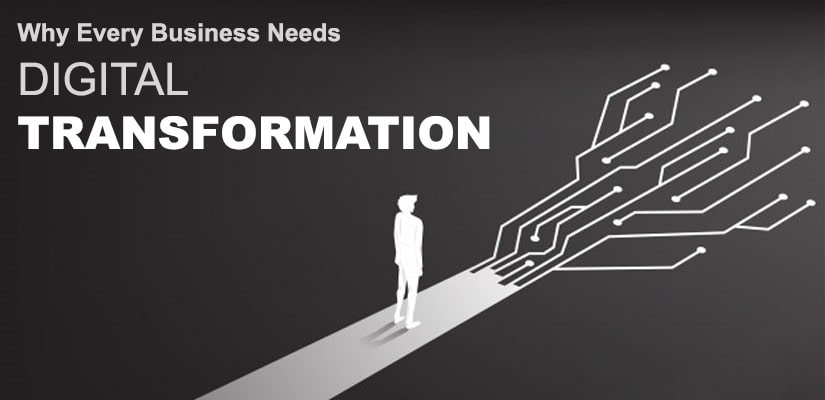1) Competitive Advantage: Embracing innovation invites multiple opportunities to the business. For example, enriching customer-facing operations with technology can result in amplified digital experiences for customers. When new companies enter a market competition is bound to happen. To keep up with the competition, companies need to digitize themselves and it is the best way to stay agile. Failing to modernize processes that could improve the customer digital experience might drive the customers to the competition. Leaving digital transformation out of your business plans can cost you valuable sales. Today’s customers expect high-quality digital experiences, where the service is more intuitive, automated, and personalized.
2) Lose Relevance: Digitization boosts your business’s speed 5 times faster than the traditional businesses. It’s easy to be lost in the wide ocean of the fast-moving strategy without a company’s digital presence. Not only a mere presence but a regular update or the knowledge about ‘what’s trending’ is also required and using suitable hashtags at correct times can boost the company’s growth. Many companies that refused to digitize themselves were losing good business. So in today’s fast-growing world digitization is a must thing.
3) Gain a Learning Advantage: Companies that adopted technology earlier have a learning advantage over the competition. In any business context, early adopters of the technology will have a learning advantage. Companies who are already in touch with the digital market can get better insights and can update products and policies faster than those who don’t embrace a digital approach. Furthermore, the early adopters will embrace future innovations more easily compared to those who are just starting. In extreme situations, it may also come to a point where the laggards’ growth will be stifled because they won’t have the resources to adapt anymore. The gap between them and their innovative competitors will be too big to bridge.
4) Less Money & Revenue: Digital transformation and digital solutions can help companies save money on infrastructure costs. This in turn reduces the revenue to be invested in the company. A lack of digital inactivity will make growth a challenge. Many companies are transforming their businesses from traditional to digital to grow as the market is growing and to cope up with the market. Legacy infrastructure is often inefficient and requires substantial resources to maintain. Moreover, cloud-based technology and service-as-a-software solutions offer additional, disruptive features that can further enhance business operations.
5) Costs Increase: Businesses that have adopted digital transformation have seen tremendous growth. A huge upside to digital is it can be done at low costs and suit budgets of all sizes. Companies who are still stuck at traditional marketing knows that they have a very hard competition from the internet and that they cannot reach thousands of consumers and be able to track the ROI, unlike digitization.
For example, if your company spends some rupees on a billboard but you don’t know how much traffic got converted to your company through that billboard directly.
On the other side if you run ads or post on social media you know exactly how much traffic got converted to your website, how much reach did your ads got, and from the traffic that got converted to your website how many purchased.






